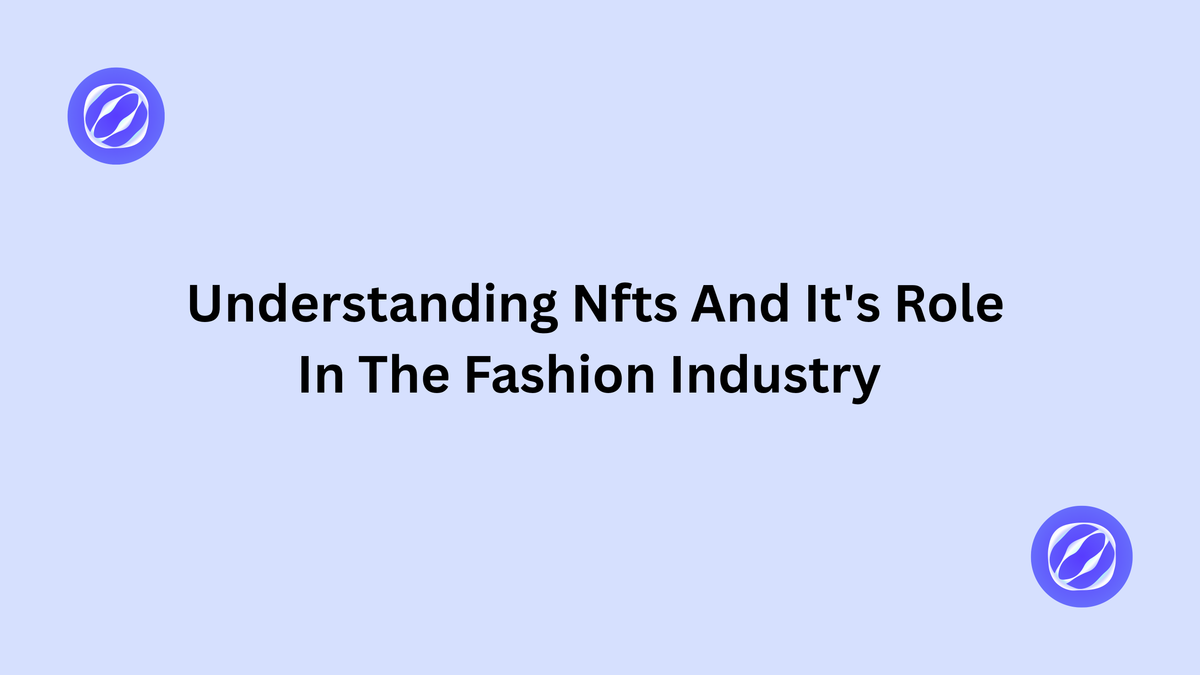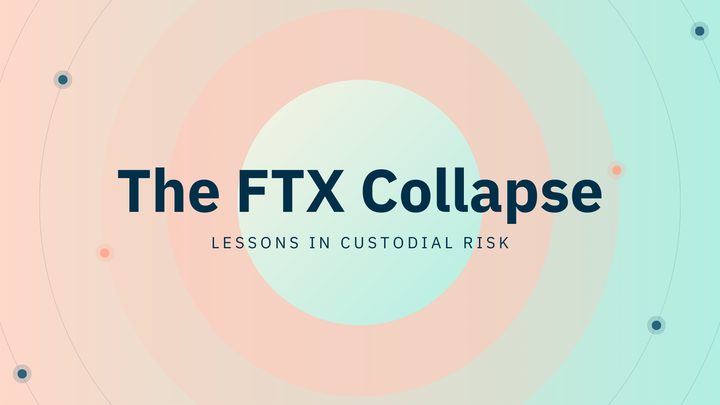Understanding NFTs And Its Role In The Fashion Industry

NFTs in fashion, a digital delight, Proving what’s real, securing what’s right. From virtual runways to styles you own, A new era of fashion, uniquely shown.
Introduction: The Intersection of Fashion and Blockchain The fashion industry is evolving with the power of blockchain and NFTs (Non-Fungible Tokens). These technologies change how brands create, sell, and verify their products. With NFTs, fashion is no longer limited to physical clothing. Designers can create digital fashion collections, luxury brands can prove the authenticity of their products, and people can wear unique outfits in virtual worlds like the metaverse. Simply put, NFTs make fashion more innovative, secure, and accessible online and in real life. But what exactly are NFTs, and how do they impact fashion? Let’s explore their role in ownership, authenticity, digital fashion, sustainability, and consumer engagement What Are NFTs? NFTs (Non-Fungible Tokens) are unique digital assets stored on a blockchain. Unlike cryptocurrencies like Bitcoin or Ethereum, which can be exchanged one-for-one, each NFT is distinct and cannot be duplicated. In fashion, NFTs act as digital proof of ownership, ensuring authenticity and exclusivity. They can represent anything from virtual clothing and metaverse wearables to certificates verifying luxury goods in real life. They are used for: ✔ Authenticating designer goods ✔ Creating virtual fashion for the metaverse ✔ Providing digital ownership of luxury fashion items ✔ Enabling new resale and trading opportunities How NFTs Are Transforming the Fashion Industry 1. Through Digital Fashion & Virtual Wearables Fashion brands are embracing NFTs to create exclusive digital clothing that can be worn in virtual worlds, gaming environments, and the metaverse. ✔ Digital outfits can be worn by avatars in Decentraland , The Sandbox , Roblox , and Fortnite
✔ NFT fashion pieces allow users to customize their digital identity. ✔ Luxury brands are tapping into virtual fashion to target the next generation of tech-savvy consumers. Example: - Dolce & Gabbana’s Collezione Genesi – A collection of NFT wearables and physical couture pieces - Gucci x Roblox– Gucci launched digital NFT outfits for users in Roblox’s metaverse. - RTFKT x Nike– Virtual sneakers that can be worn in the metaverse 2. Luxury Fashion Authentication & Ownership Proof Counterfeit products are a $500 billion problem in the fashion industry. NFTs provide a secure way to verify product authenticity by linking luxury items to blockchain records. ✔ Each high-end handbag, sneaker, or designer dress can have an NFT certificate proving its originality. ✔ Brands can track supply chain details, ensuring materials are ethically sourced. ✔ Consumers can verify authenticity before buying pre-owned luxury items. Example: - Prada, Cartier, and LVMH’s Aura Blockchain Consortium provide NFT-based authenticity records for luxury products. - Nike’s Cryptokicks uses blockchain to verify the authenticity of limited-edition sneakers. 3. NFT-Based Fashion Collectibles & Limited Editions NFTs allow brands to create exclusive digital collectables, much like limited-edition sneakers or handbags. ✔ Consumers can collect, trade, and resell NFT fashion pieces. ✔ Brands can offer membership perks, early access, and unique benefits to NFT holders. ✔ Some NFT collections unlock physical items when purchased. Example: - Burberry’s NFT Sharky B character in Blankos Block Party – A collectable NFT with in-game utility. - Adidas x Bored Ape Yacht Club – A limited NFT collection offering access to exclusive merchandise 4. Sustainability & Reducing Fashion Waste Fast fashion contributes to environmental damage, but NFTs provide an alternative: digital fashion and on-demand production reduce material waste. ✔ Digital fashion removes the need for fabric production and shipping. ✔ Blockchain tracks sustainability claims, ensuring ethical sourcing. ✔ Some NFTs enable custom, on-demand production, reducing overstock. Example: - The Fabricant – A digital-only fashion brand creating wearable NFT garments. - H&M and VeChain – Tracking sustainable materials via blockchain. 5. Web3 Loyalty Programs & Community Engagement NFTs allow brands to reward loyal customers and build exclusive communities. ✔ NFT holders can receive special discounts, VIP access, and exclusive experiences. ✔ Brands can create token-gated communities offering exclusive content and events. ✔ Some NFTs function as membership passes, unlocking premium fashion experiences. Example: - Adidas "Into the Metaverse" NFT – Gave holders access to exclusive merchandise. - Jimmy Choo's NFT collection– Rewarded buyers with physical luxury sneakers The Future of NFTs in Fashion NFTs are revolutionising fashion by making it more digital, transparent, and interactive. As blockchain adoption grows, we can expect: ✔ More brands launching NFT-based loyalty programs. ✔ Integration of NFTs in resale platforms (The RealReal, StockX, etc.). ✔ Wider adoption of NFT authentication for luxury goods. ✔ Greater use of digital fashion in the metaverse and augmented reality (AR)
NFTs are bridging the gap between digital and physical fashion, creating new opportunities for brands, designers, and consumers. Whether through luxury authentication, metaverse fashion, or sustainable innovation, NFTs are redefining how we experience and own fashion in Web3. If you enjoyed this post please share your thoughts in the comments below, and don’t forget to like, comment and share.



Comments ()